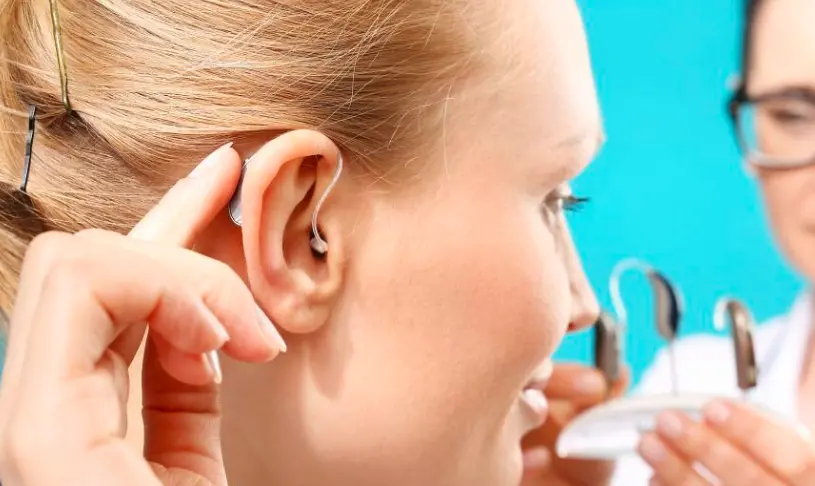Knowing how modern hearing aids work is an important step for those who suspect or are diagnosed with deafness. Hearing loss is a condition that many people have to live with. In this scenario, it’s great to be able to rely on technology to improve hearing and enjoy life more.
The good news is that this is possible. Modern hearing aids are here to prove that those who suffer from hearing loss, whether mild, moderate or severe, can live a very close to normal life.
If you’re looking for more information on how modern hearing aids work and the benefits of opting for them, read on and find out all about it.
Learn about the human hearing system
The hearing system is made up of three parts: the outer ear, the middle ear and the inner ear. Each of them has its own particularities and functions, and the proper functioning of all of them is essential for perfect human hearing. Below we’ll go into a little more detail about the function of each part and how they work.
The outer ear is made up of the ear canal and the pinna. The main task of this part of the ear is to capture sound, amplify it and send it to the eardrum, which is located in the middle ear.
The middle part of the ear is made up of the eardrum and three bones (hammer, anvil and stirrup). When the eardrum receives sound, the three bones forward this sound wave to the cochlea, located in the inner ear.
The inner part of the ear that performs auditory functions is made up of the cochlea, which in turn is made up of sensory cells (hair cells) that are connected to the central auditory system via the auditory nerve.
Unlike some cells in our body, hair cells do not renew themselves over time. For this reason, in old age, it is common for people to suffer from some degree of hearing loss.
All this description of the auditory system so far represents its peripheral part. Once the sound reaches the cochlea, the sound stimuli are sent via nerves to the brain, where the sound is processed and understood.

Understand how modern hearing aids work
If you’ve read this far, you’ve already understood what the parts of the hearing system are and how they work. Now it’s time to understand how modern hearing aids work!
Basically, hearing aids are made up of three parts (microphone, amplifier and receiver), which perform the following functions:
- The microphone picks up sound, transforms it into electrical signals and sends it to the amplifier;
- The amplifier increases the power of the signals;
- The receiver sends this amplified sound to the ear.
The first hearing aids were large and used a lot of energy. In the 1950s, an important development began to change the design of hearing aids: the invention of the on-off button. This technology saved battery power and reduced the size of the devices.
Today, modern hearing aids can be found in headset size. They have a discreet design and great functionality. What’s more, with the new models, users can find devices that suit their needs. This makes the experience for those who need to use hearing aids more intense.
Modern hearing aids from leading brands such as Signia and Widex are models that offer an almost natural sound. People can hear again in excellent quality. In addition, these devices have a number of advantages. Using them, the user can:
- Adjust the device by remote control or app;
- Connect the device to a cell phone, television, tablet, etc;
- Make phone calls directly from the device;
- Have a motion sensor to pick up sound and provide a clear and precise acoustic experience;
- Being able to differentiate between noises and voices;
- Reduce uncomfortable sounds;
- Improve the sensation of tinnitus;
- Have a long-lasting battery;
- Have a personal assistant with artificial intelligence;
- Direct transmission via Bluetooth;
- Use discreet devices with an award-winning design, etc.
- Discover the benefits of choosing good hearing aids
When you choose a modern hearing aid, you can count on a number of benefits. Here are the main ones:
- Increased quality of life;
- Increased independence;
- Ability to use various technologies clearly;
- Greater socialization;
- Disease prevention;
- Longer battery life;
- Improved sound reception.
Hearing loss is a treatable condition, most of the time. So, although there is no cure, it is possible to live very well by choosing from some of the modern hearing aids on the market.

